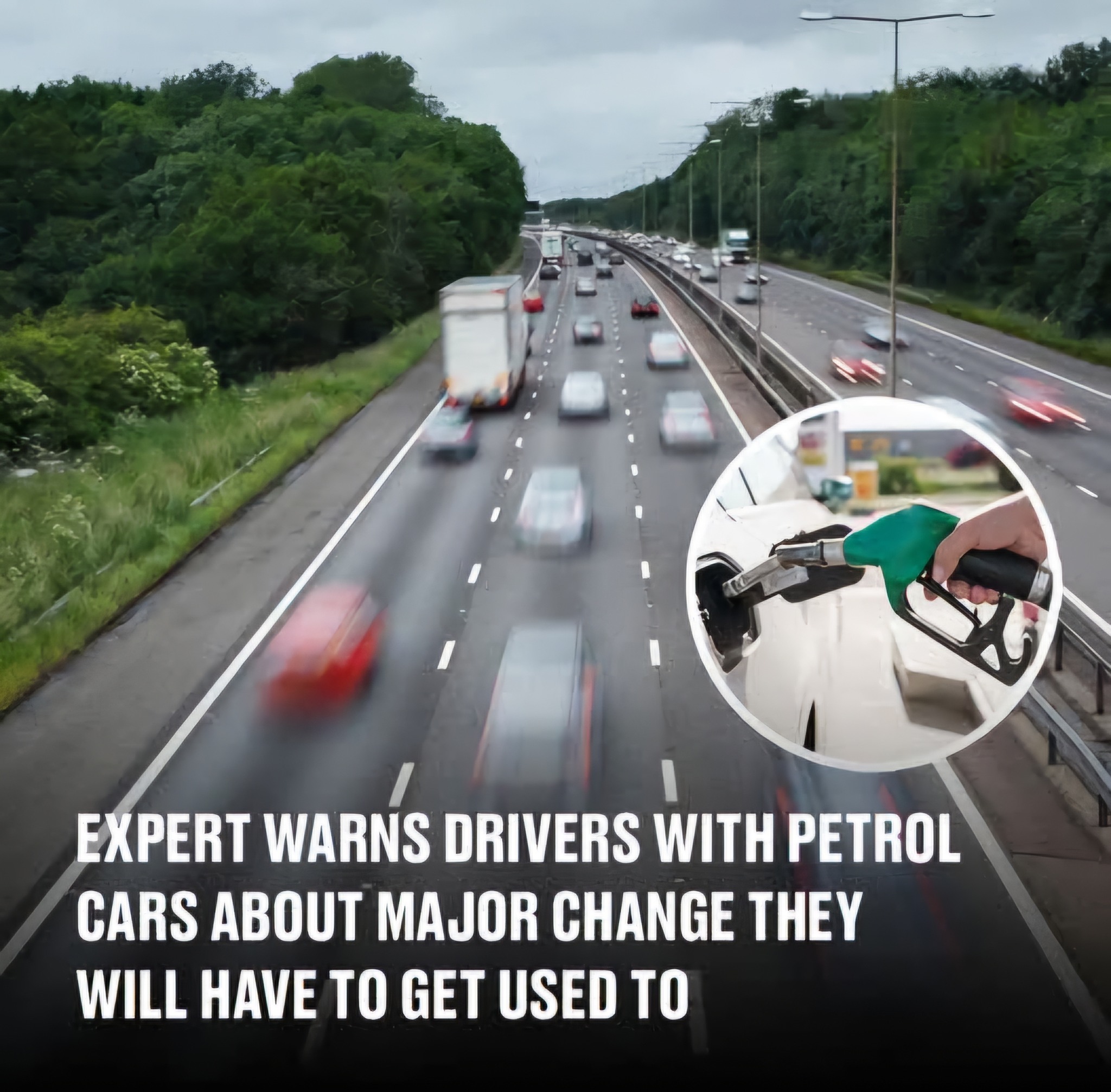The transition to electric vehicles (EVs) is no longer a distant vision but an imminent shift that is transforming the global automotive industry. In several countries, including the UK and Canada, governments have established ambitious goals to phase out gas-powered cars in the coming years. The UK plans to ban the sale of new petrol and diesel cars by 2030, with hybrid vehicles to follow suit by 2035. Similarly, Canada has committed to achieving 100% electric vehicle sales by 2035. While these deadlines might appear far away, experts are urging drivers of traditional gas-powered vehicles to start preparing now for significant changes.

One of the first adjustments drivers will need to embrace is the shift to automatic transmissions. Unlike gas-powered cars equipped with manual gearboxes, electric vehicles operate without the need for gear changes. Stuart Masson, a representative from The Car Expert, refers to this change as “car industry 2.0.” He explains that while the EV driving experience is much simpler, it might feel foreign to drivers who are used to the manual control of a gearbox. For those who enjoy the tactile experience of driving a manual transmission car, this change may take some time to accept. However, the smooth acceleration and low-maintenance appeal of EVs will ultimately make the transition worthwhile.
Another notable shift that gas car drivers must prepare for is the gradual decline of gas stations. While gas stations won’t vanish overnight, their numbers will decrease as EV charging infrastructure expands to meet growing demand. For gas car owners, this will mean planning fuel stops more carefully, especially for long trips. This scenario is reminiscent of the challenges faced by early EV drivers, who had to strategically map out their routes to ensure access to charging points. Over time, as EV adoption becomes the norm, gas stations may become harder to find, turning what is currently a convenience into a challenge for those still driving gasoline-powered cars.
Canada’s strategy for EV adoption demonstrates how rapidly this transition is taking shape. The country has outlined a phased approach that requires automakers to meet incremental EV production targets: 20% by 2026, 60% by 2030, and ultimately 100% by 2035. While these goals are ambitious, gas-powered cars already on the roads will remain in use for decades, providing a gradual transition period for drivers reluctant to make the switch immediately.
One major concern often cited by drivers considering an EV is range anxiety—the fear of running out of power before reaching a charging station. However, Masson argues that this fear is largely exaggerated. “The average journey is about nine miles,” he points out, highlighting that most modern electric vehicles now offer ranges of up to 250 miles on a single charge. For the vast majority of daily driving needs, this range is more than sufficient. As EV technology continues to advance, ranges are expected to improve further, reducing concerns about running out of power.
While gas car drivers may soon face challenges with the availability of fuel, the infrastructure for electric vehicles is expanding rapidly. Canada is investing heavily in EV charging stations to support its ambitious goals. At present, the country boasts over 25,500 public charging ports, and this number is expected to grow to 33,500 by 2026. However, most of these charging stations are concentrated in provinces like Quebec, Ontario, and British Columbia, highlighting the need for further development in other regions.
To encourage the adoption of electric vehicles, governments are also rolling out financial incentives. Automakers in Canada can earn credits by meeting EV production targets or contributing to the expansion of public charging infrastructure. For consumers, rebates and subsidies are available to help reduce the upfront cost of purchasing an electric vehicle, making them a more accessible and affordable option. These financial incentives are designed to accelerate the shift toward EVs while easing the burden on buyers who are hesitant to make the switch.
For drivers who wish to hold onto their gas-powered vehicles, Masson offers some reassurance: “You’ll still be able to drive your petrol car for decades.” However, he adds that the global shift toward electrification is inevitable. While gas cars will continue to exist for some time, drivers who prepare for the change now will be better equipped to navigate the evolving landscape of transportation.
The shift to electric vehicles represents a significant turning point in how we drive, fuel, and maintain our cars. As bans on the sale of new gasoline vehicles take effect worldwide, drivers must adapt to changing habits, new technologies, and evolving infrastructure. Whether it’s learning to operate automatic transmissions, adjusting to fewer gas stations, or overcoming range anxiety, these changes require a proactive approach.
Experts emphasize that while the transition to electric mobility may feel gradual, the time to prepare is now. By embracing the growing EV infrastructure, understanding the benefits of electric cars, and taking advantage of financial incentives, drivers can ensure a smoother and more seamless adjustment. The road ahead may look different, but the shift to electric vehicles offers exciting opportunities for cleaner, more efficient transportation.
Ultimately, the automotive industry is undergoing a revolution. Whether drivers make the transition now or wait until it’s absolutely necessary, change is inevitable. Those who take the time to adapt and prepare will find themselves ahead of the curve, ready to embrace a new era of driving that prioritizes sustainability, convenience, and technological innovation.





